Scientists say they’ve successfully transmitted solar energy gathered in orbit down to the Earth’s surface.
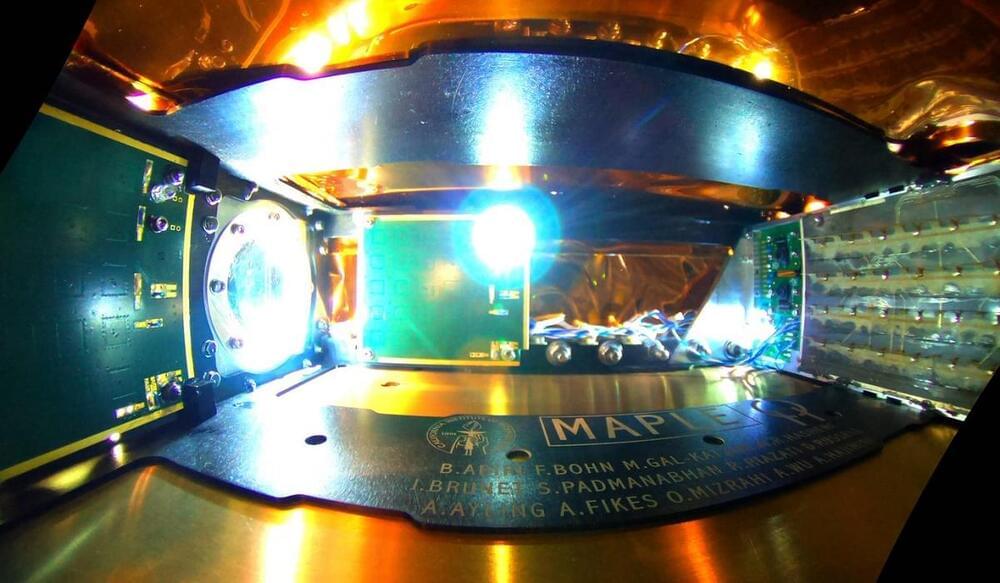

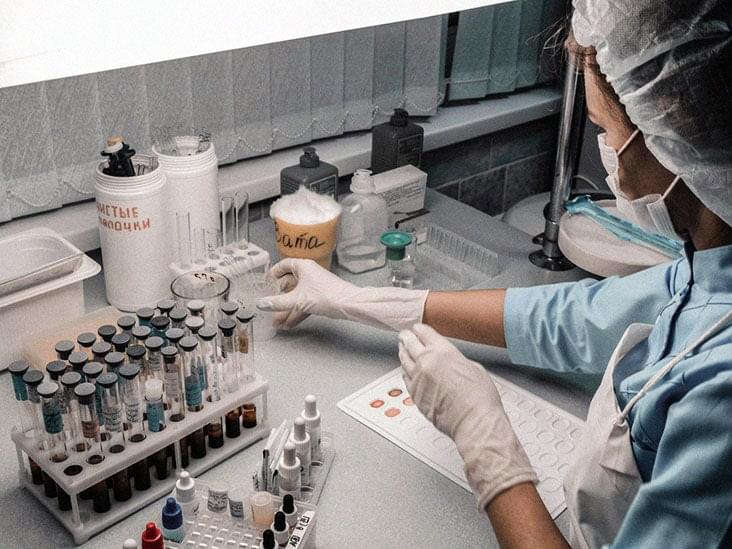

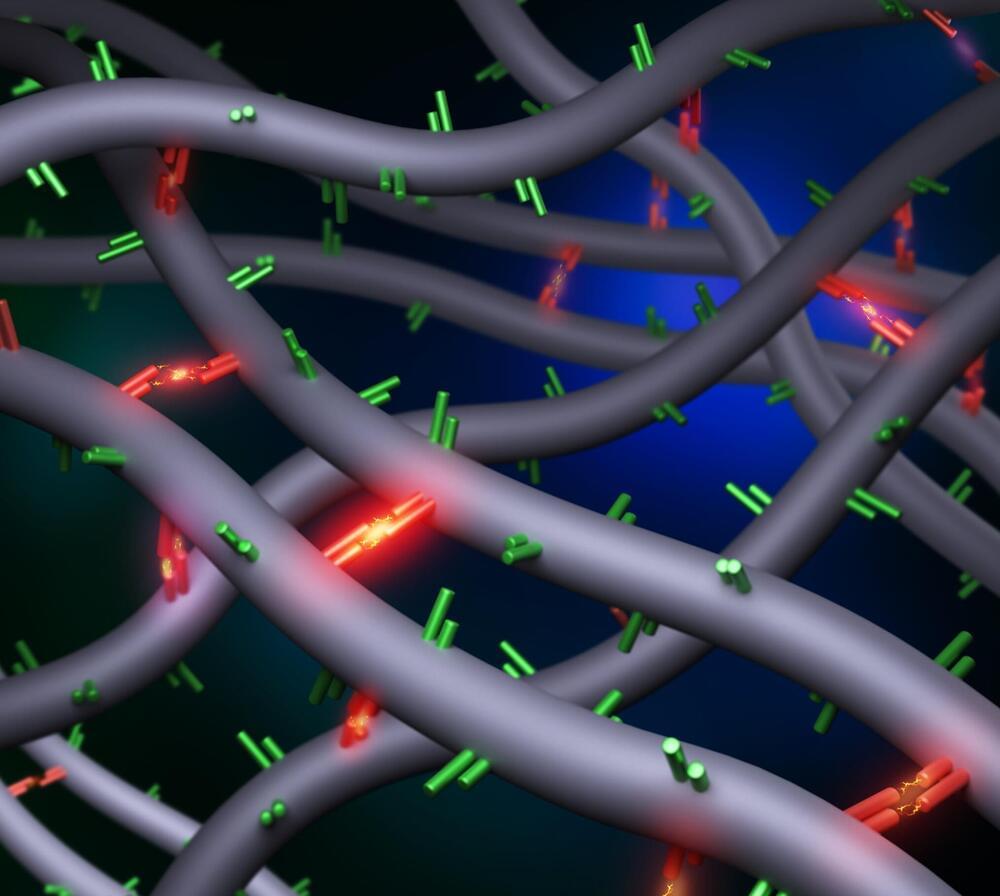
A University of Virginia-led study about a class of materials called associative polymers appears to challenge a long-held understanding of how the materials, which have unique self-healing and flow properties, function at the molecular level.
Liheng Cai, an assistant professor of materials science and engineering and chemical engineering at UVA, who led the study, said the new discovery has important implications for the countless ways these materials are used every day, from engineering recyclable plastics to human tissue engineering to controlling the consistency of paint so it doesn’t drip.
The discovery, which has been published in the journal Physical Review Letters, was enabled by new associative polymers developed in Cai’s lab at the UVA School of Engineering and Applied Science by his postdoctoral researcher Shifeng Nian and Ph.D. student Myoeum Kim. The breakthrough evolved from a theory Cai had co-developed before arriving at UVA in 2018.
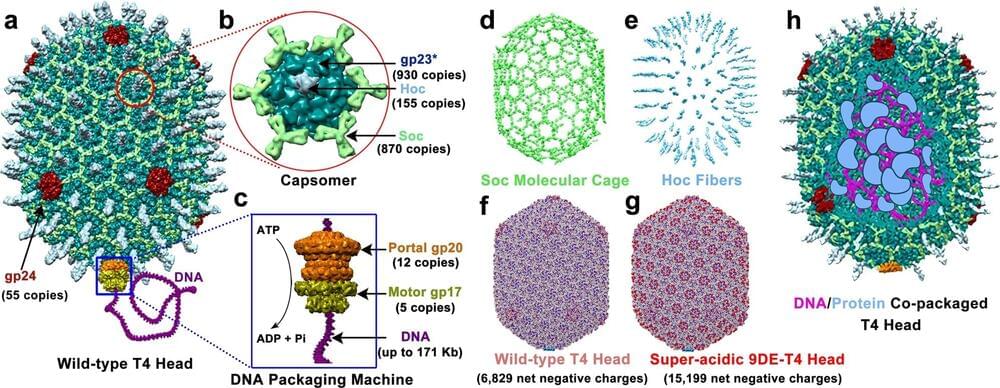
A team of medical scientists at The Catholic University of America, in Washington, D.C., working with a colleague from Purdue University, has developed a way to engineer the bacteriophage T4 to serve as a vector for molecular repair. The study is reported in the journal Nature Communications.
Prior research has shown that many human ailments arise due to genetic mutations: cystic fibrosis, Down syndrome, sickle cell disease and hemophilia are just a few. Logic suggests that correcting such genetic mutations could cure these diseases. So researchers have been working toward developing gene editing tools that will allow for safe editing of genes.
One of the most promising is the CRISPR gene editing system. In this new effort, the research team took a more general approach to solving the problem by working to develop a vector that could be used to carry different kinds of tools to targeted cells and then enter them to allow for healing work to commence.

A team of security researchers at Georgia Tech, the University of Michigan and Ruhr University Bochum in Germany has reported a new form of side-channel attack that capitalizes on power and speed management methods used by graphics processing units and systems on a chip (SoCs).
The researchers demonstrated how they could steal personal information by targeting data released by the Dynamic Voltage and Frequency Scaling (DVFS) mechanisms found on most modern chips.
As manufacturers race to develop thinner and more energy-efficient devices, they must train their sights on constructing SoCs that balance power consumption, heat generation and processing speed.
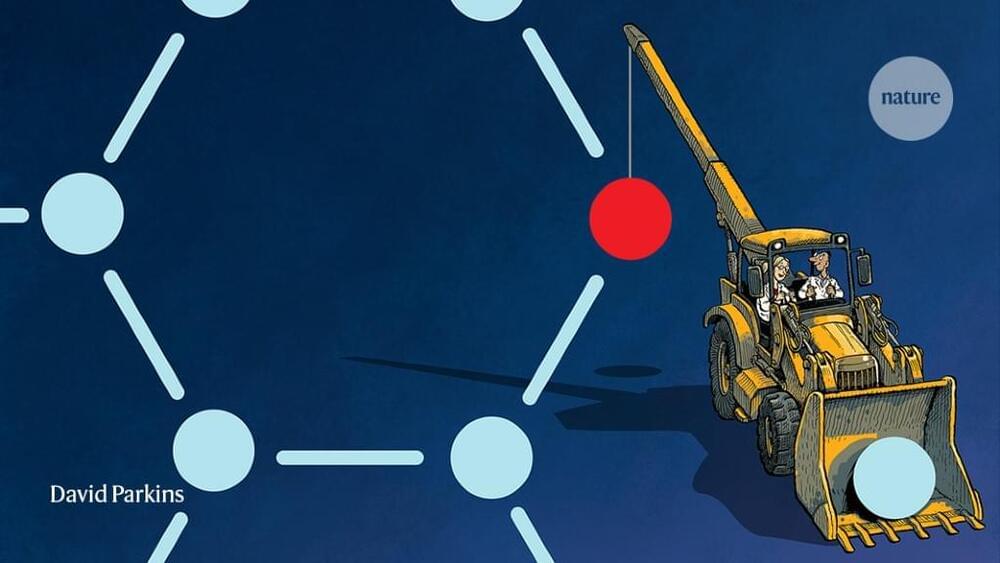
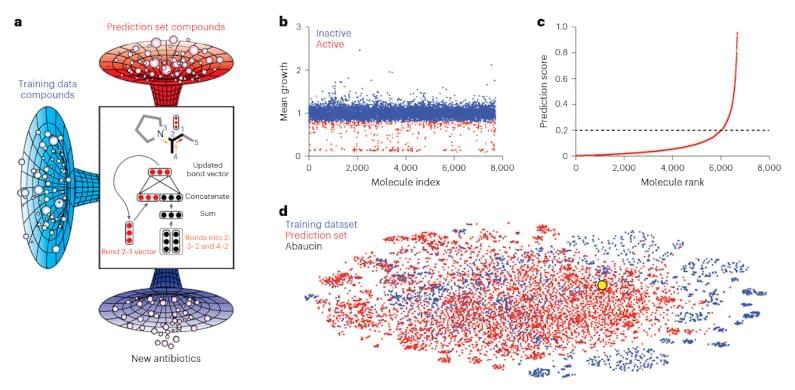
Researchers in Canada and the United States have used deep learning to derive an antibiotic that can attack a resistant microbe, acinetobacter baumannii, which can infect wounds and cause pneumonia. According to the BBC, a paper in Nature Chemical Biology describes how the researchers used training data that measured known drugs’ action on the tough bacteria. The learning algorithm then projected the effect of 6,680 compounds with no data on their effectiveness against the germ.
In an hour and a half, the program reduced the list to 240 promising candidates. Testing in the lab found that nine of these were effective and that one, now called abaucin, was extremely potent. While doing lab tests on 240 compounds sounds like a lot of work, it is better than testing nearly 6,700.
Interestingly, the new antibiotic seems only to be effective against the target microbe, which is a plus. It isn’t available for people yet and may not be for some time — drug testing being what it is. However, this is still a great example of how machine learning can augment human brainpower, letting scientists and others focus on what’s really important.


Contemporary DNA
DNA, or deoxyribonucleic acid, is a molecule composed of two long strands of nucleotides that coil around each other to form a double helix. It is the hereditary material in humans and almost all other organisms that carries genetic instructions for development, functioning, growth, and reproduction. Nearly every cell in a person’s body has the same DNA. Most DNA is located in the cell nucleus (where it is called nuclear DNA), but a small amount of DNA can also be found in the mitochondria (where it is called mitochondrial DNA or mtDNA).